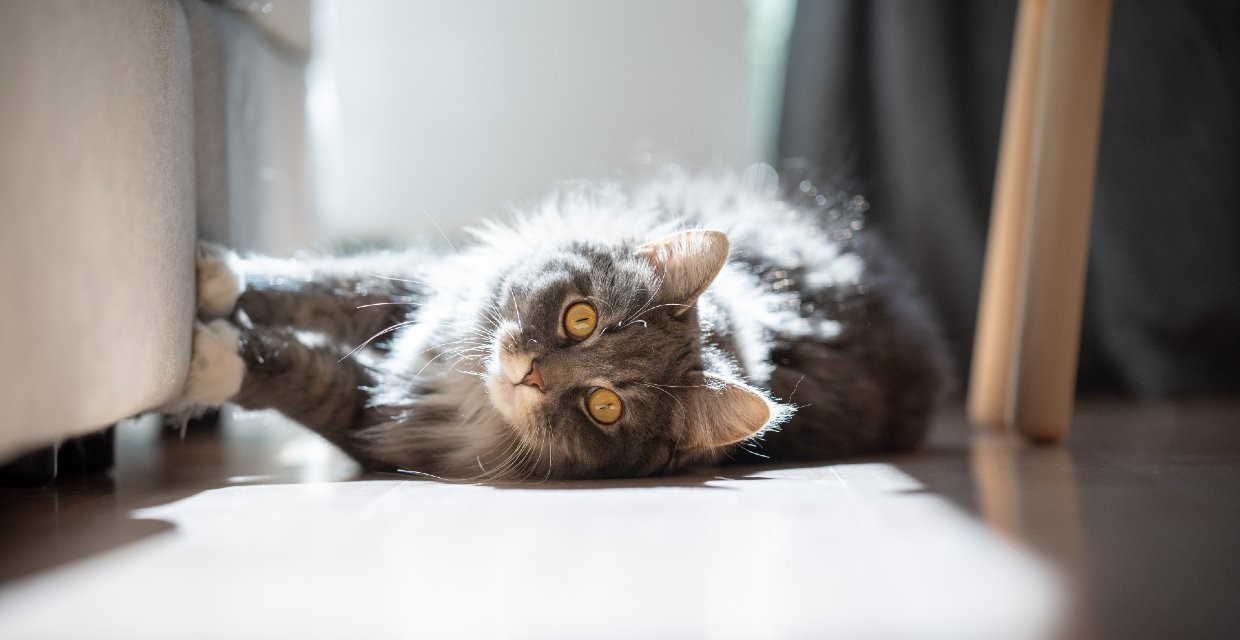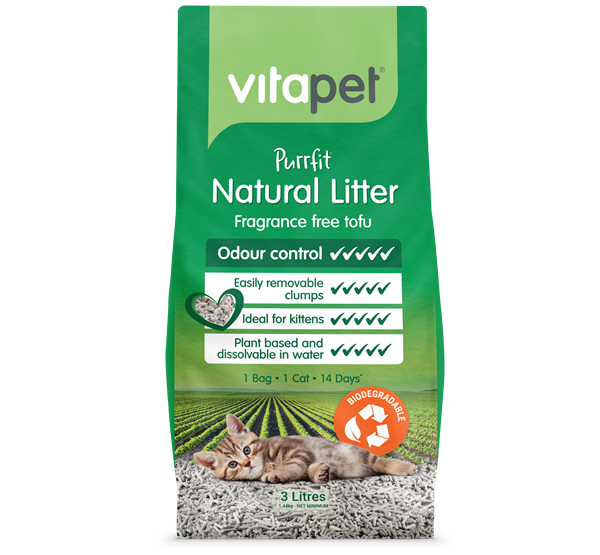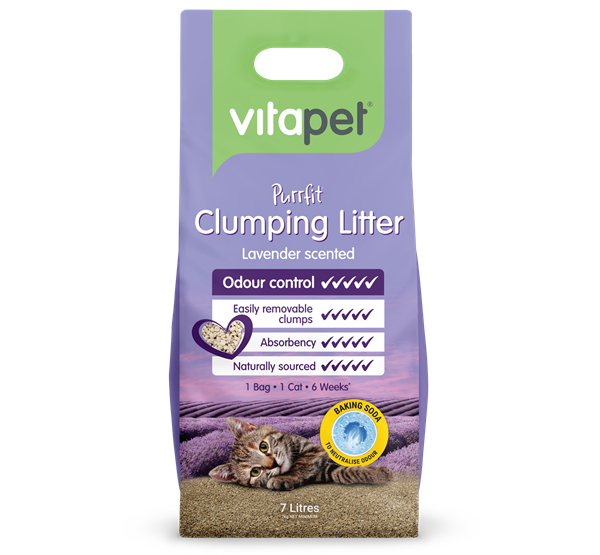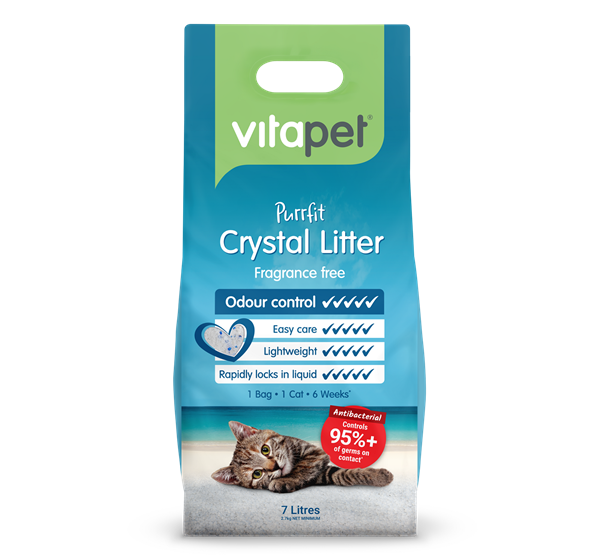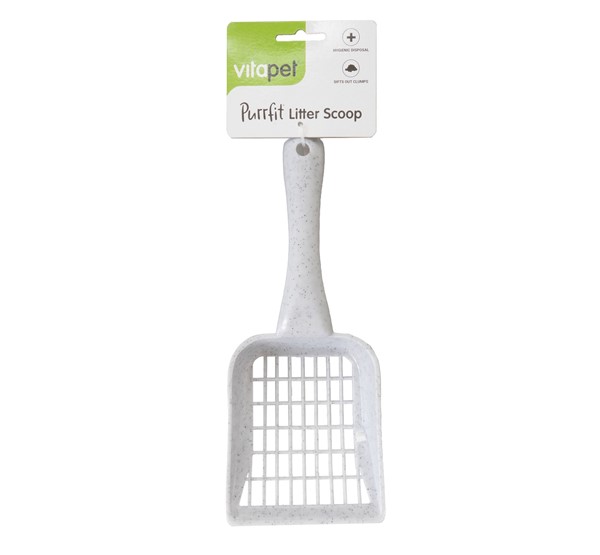The first thing we should keep in mind is that scratching is a normal feline behaviour, one that cats are highly motivated to display.
Cats scratch for four main reasons:
- To remove the dead outer layers of their nails,
- To scent mark their territory,
- To stretch their bodies and flex their legs, and
- To work off energy and frustrations.
It is unrealistic to try and entirely prevent a cat from scratching.
What you can do is to encourage them to scratch somewhere and something acceptable.
The general objective is to make inappropriate objects unappealing while offering a highly attractive alternative. Make your furniture unattractive by covering them with double-sided sticky tape, aluminium foil, sheets of sandpaper or a plastic carpet runner.
You can also use a no-marking or deodoriser spray on your furniture to remove your cat's scent. (We recommend testing these sprays on a small part of your furniture first).
At the same time, you can apply some catnip or pheromone spray to the scratch post to make it more attractive.
The ideal scratching post should be large enough to allow the cat to stretch out its body, and it should be stable enough not to fall over or move when the cat scratches. It should have at least one vertical scratching surface and include a substrate like rope, sisal, natural bark, or cardboard.
If you have several pieces of furniture that need protection, you may need several scratch posts to control the behaviour.
Scratching serves as a social function for cats, and this is why couches are one of their favourite scratching spots.
Placing the scratching post right in front of the couch can make a big difference. Cats also love to scratch when they wake up, so putting a post near their bed is a good idea. Spend a lot of time playing with your cat near the post to give it a higher value.
Kittens begin learning and developing behaviours as early as 4–5 weeks. Their interactions with their owner, other animals, and their environment will shape their behaviour. Therefore, it is vitally important to start with appropriate guidance and intervention as soon as they arrive at home.
Employ positive reinforcement like giving praise or treats when your kitten uses the scratch post. If they are regularly rewarded for scratching the desired post, they will use it more often.
Do not physically punish your kitten for inappropriate scratching.
Punishment generally occurs too late and therefore won't change the behaviour.
It is much more likely to make the kitten fearful of the owner or the items used for the punishment (e.g., yelling, water sprayers, noisemakers).
Pheromone diffusers (like Feliway) can be invaluable in reducing stress when a new cat or kitten is introduced into the home, which will help lessen undesirable behaviours.
Finally, simply trimming your cat's nails regularly will help to control scratching behaviour and minimise damage to your furniture.
Now that you have these useful tips, hopefully you can start to save your furniture from puss!


